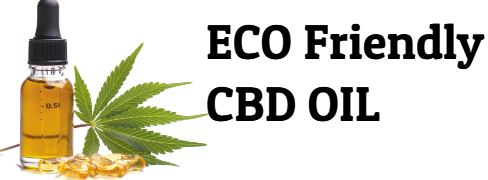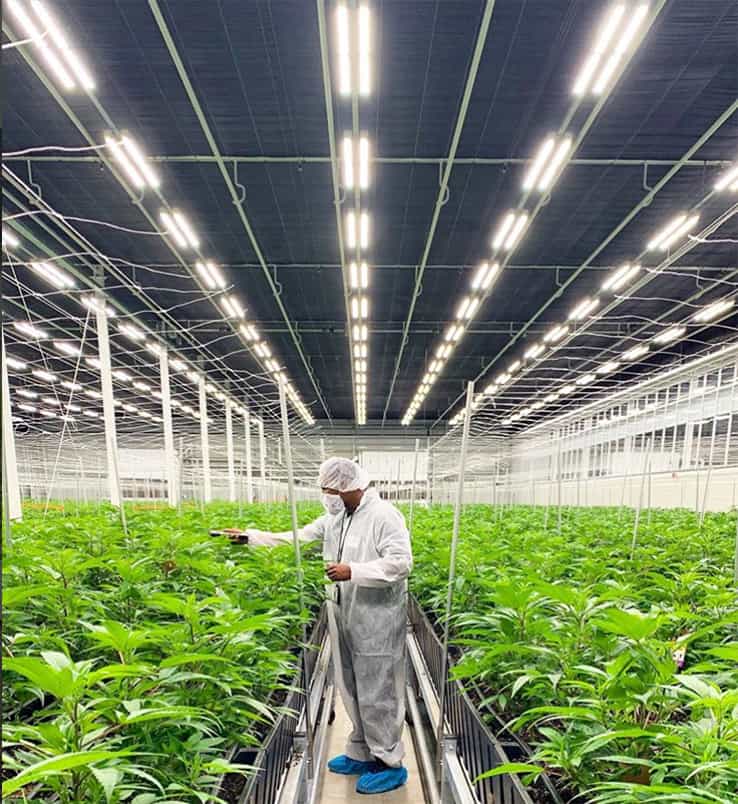At first, Alabama Gov. Kay Ivey did not commit to signing a medical cannabis bill when the state legislature passed the legislation by a roughly two-to-one ratio in both chambers May 6.
In a statement from Ivey’s office that night, Press Secretary Gina Maiola said the governor looked forward to thoroughly reviewing Senate Bill 46 and providing the diligence it deserves but did not say whether she would sign it.
The Republican executive provided her ink to the bill Monday, making Alabama unofficially the 36th medical cannabis state, joining the likes of nearby Arkansas, Florida and Louisiana, according to reform organization Marijuana Policy Project (MPP). Mississippi dropped from the ranks of medical cannabis states after its Supreme Court ruled May 14 that Initiative 65 was unconstitutional.
When the Alabama Legislature passed its medical cannabis bill earlier this month, MPP Director of State Policies Karen O’Keefe said the legislation will allow seriously ill patients to finally get the relief they deserve and urged Ivey to sign it into law.
Ivey did just that Monday afternoon.
“I would like to thank Sen. Tim Melson and Rep. Mike Ball for their hard work over the last few years and their commitment to continue to work on this to ensure we have a productive, safe and responsible operation in Alabama,” Ivey said in a statement.
Medical cannabis legislation was first introduced in the Alabama House of Representatives two decades ago. Eight years ago, it was the laughingstock of the lower chamber. Now, a medical cannabis bill claimed supermajority support and the governor’s signature.
After a nearly 10-hour filibuster May 4, House lawmakers reconvened May 6 and considered several floor amendments before passing the Senate-originated bill, 68-34, which will allow registered patients diagnosed with qualifying conditions to access cannabis. The legislation returned to the Senate for final consideration later on May 6, when the upper chamber voted, 20-9, to concur with the House changes.
The Alabama Senate has passed medical cannabis bills three years in a row, but this is the first time the House has passed legislation. Last year, pandemic-related circumstances derailed the lower chamber’s possibility of a vote.
Sponsored by Republican Sen. Tim Melson, S.B. 46 proposes implementing a medical program that would open the application process for potential patients by Sept. 1, 2022. Republican Rep. Mike Ball sponsored the bill in the House.
“When we get in politics, we get down here and we focus our attention on what it is we’re after; we tend to tunnel up and we don’t see the other side very well, and there’s so many aspects of this that has been so difficult,” Ball said on the House floor May 6, after bearing the brunt of the filibuster, from opponents on his own side of the aisle, two days earlier.
“And, quite frankly, this has caused me to lose my appetite for politics in this whole process,” he said. “And the people who don’t see it, they’re not bad. They’re just not looking at it.”
Eight years earlier, a Democratic bill for medical cannabis that was introduced by former Rep. Patricia Todd won the 2013 “Shroud Award,” given to the “deadest” bill in the House that session, according to The Associated Press.
“They laughed at me,” Todd said, according to the AP. “I’m glad to see it passed. It’s long overdue.”
Final passage didn’t come without nearly three more hours of floor debate and amendment votes on May 6. Democratic Rep. Laura Hall, 78, said she first introduced medical cannabis legislation to the House two decades ago.
“Twenty years ago, I brought [legislation to the House] in honor of my son, who had just died the year before I was elected, of AIDS,” Hall said. “And I did that with the idea thinking if I could have had access [to medical cannabis]. The only drug that was available to him was a drug called AZT. He could not take that. When he took that medicine, we would have to get up every four hours—that was the regimen to giving him the medication. And he had finally said, ‘Enough is enough. I may get my T cells back and I can function, but I can’t do it on this medication.’”
Azidothymidine (AZT) is an antiretroviral medication used to prevent and treat HIV/AIDS.
Later during the House’s session on May 6, the chamber voted, 87-3, in favor renaming the legislation “Darren Wesley ‘Ato’ Hall Compassion Act,” as a tribute to Rep. Hall’s son.
While HIV/AIDS-related nausea or weight loss is one of more than a dozen qualifying conditions included in Alabama’s medical cannabis bill, two other conditions in the Senate’s original version of the bill were removed during an emending process in the House Health Committee—fibromyalgia and menopause or premenstrual syndrome (PMS).
That specific amendment was grouped with several other committee amendments as one package, which passed as a single vote May 6 on the House floor, 72-26.
“This amendment is so disappointing to me as a woman, that all of the issues that specifically impact women were taken out in the Health Committee, which is why I’m going to vote against this amendment,” Democratic Rep. Merika Coleman said. “I support [Rep. Ball] and support the concept, but this body sometimes is so disappointing.”
When enacted, S.B. 46 will create a 14-member Alabama Medical Cannabis Commission, which will determine the maximum daily dosages of tetrahydrocannabinol (THC) that caregivers can provide patients with each of the qualifying conditions—also including cancer, terminal illness, depression, epilepsy, anxiety or panic disorder, chronic pain, spasticity, autism, Tourette syndrome, post-traumatic stress disorder and others.
The new commission will also be responsible for issuing up to five licenses for vertically integrated operators, up to 12 cultivation licenses, no more than four processor licenses and no more than four dispensary licenses. Businesses awarded the dispensary licenses can operate up to three sites in different counties, while vertically integrated operators can have up to five dispensing sites in different counties, according to the bill’s text.
Other housekeeping items the commission will be responsible for include overseeing the patient registry, issuing medical cards and outlining regulations from seed to sale.
Some amendments that were rejected on the House floor were adding a THC dosing cap of 10 milligrams, enacting a zero-tolerance policy for diving under the influence, and revisiting the Alabama Medical Cannabis Commission’s authority to provide caregiver’s the right to distribute medical cannabis should the federal government reschedule cannabis, so that patients could instead receive their medical cannabis from pharmacies should federal prohibition end.
“My concern in this issue, is if we create this large bureaucracy that we’re having, this large board that’s going to be there, that this will never go away,” Republican Rep. Matt Simpson said about the commission’s authoritative arm. “And you could have 49 other states that are going to be able to receive medical marijuana through a licensed pharmacist … but the state of Alabama would be required to go through these dispensaries based on this legislation you have.”
Meanwhile, the bill will prohibit the smoking or vaping of cannabis, as well as processing cannabis into a form that is attractive to or targets children, such as candy or baked goods. Instead, S.B. 46 will limit medical cannabis use to forms such as pills, gelatin cubes, oils, creams and topical patches. Patients can possess up to 70 daily doses of cannabis.
In addition, minors cannot use—or be recommended—more than 3% THC. And employers can still drug test and prohibit employees from using cannabis.
Regarding social equity, depending on the business type, either at least one-fourth or one-fifth of all licenses are to be awarded to businesses with at least 51% ownership by individuals of African American, Native American, Asian or Hispanic descent, according to MPP.

